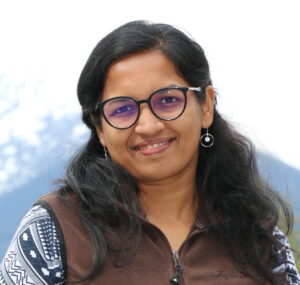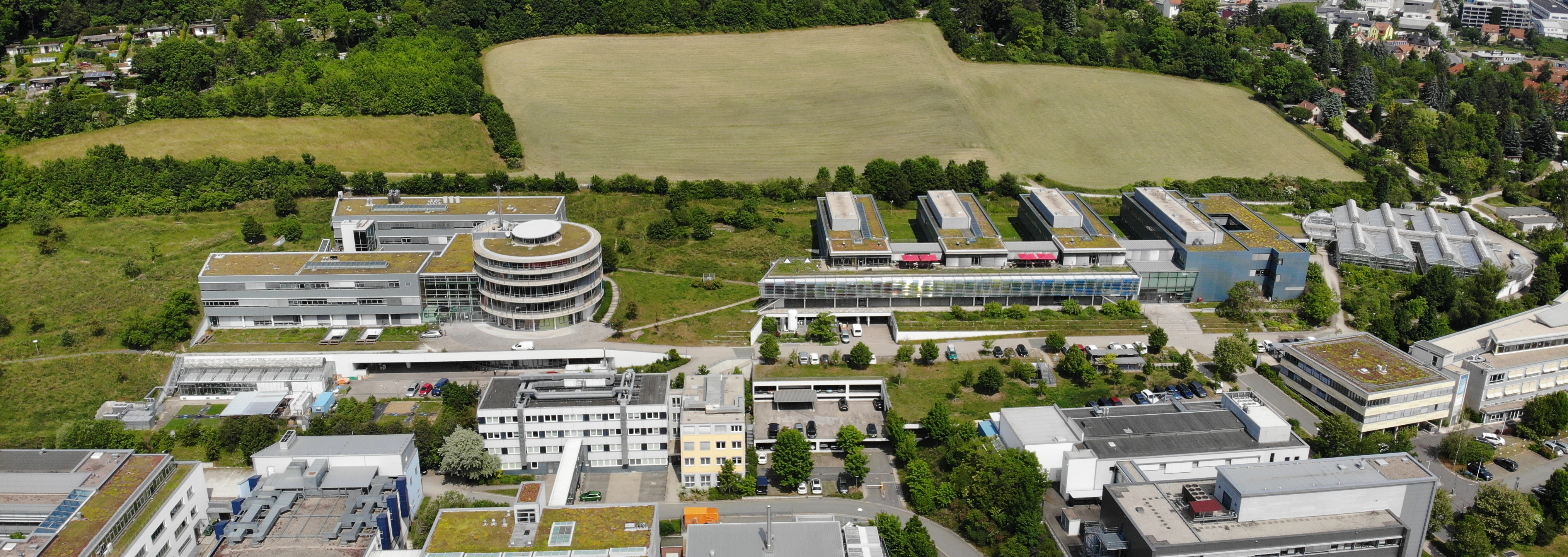
Greenhouse gas budget of the Indian subcontinent
2nd June 2022 | 11.00 am – 11.20 am
Hans-Knöll-Straße 10, 07745 Jena, Germany
BGC Lecture Hall
Zoom: will be provided
Session 1 – Long-term observations of change (Martin Heimann, moderator)
2nd June 2022 | 9.45 am – 11.40 am
Abstract
Evidently, the unprecedented rise of greenhouse gas (GHG) levels in the atmosphere are the main driving force of current climate change. Rapid reductions in anthropogenic emissions are required to curb human-induced global warming. Accordingly, emission reduction strategies are promoted at global and national levels to mitigate the adverse effects of climate change. Despite its considerable influence on global carbon allocations in terms of emissions and the probable existence of subtropical terrestrial processes, the Indian subcontinent is largely unexplored and underrepresented in carbon studies. For carbon dioxide (CO2), terrestrial ecosystems are important in sequestering emitted CO2 to the atmosphere and the sequestration is regulated by the myriads of terrestrial feedbacks that also change with changes in climate. However, these feedback mechanisms remain less understood; hence, the models widely disagree on future CO2 and climate predictions.
The objective of my research is to improve the estimates of GHG at regional levels to predict future climate variability better. In this talk, I will discuss an integrative approach based on comprehensive measurements and advanced modelling, focusing on the GHG budget of the Indian subcontinent. The talk will include recent efforts in expanding observation and modelling capacities, which can lead to scientific advances to our understanding of the regional carbon distribution of India. Also, I will discuss the challenges availing and utilizing highly precise and accurate measurements, data interpretability and modelling to estimate the regional terrestrial carbon flux over India.
Biography
Dhanyalekshmi K. Pillai is born in Varkala (Kerala), India. Dhanya studied Physics and received PhD from the Max Planck Institute for Biogeochemistry (MPI) Germany. During her PhD under the guidance of Dr. habil. Christoph Gerbig, she became interested in Atmospheric Dynamics and Radiation Physics, and decided to continue in this research field. She worked as a postdoc at the University of Bremen and the Max Planck Institute in Germany. Later, she moved to the U.S to work as a Research Scientist II at the National Oceanic and Atmospheric Administration (NOAA). Currently, she is working as an Assistant Professor and leading the Greenhouse gas Modelling and Applications (GMA) research group at the Indian Institute of Science Education Research (IISER) Bhopal. Also, she is the head of the Max Planck partner group in IISER Bhopal (India), which is established with the close collaboration with Prof. Martin Heimann’s department. Her expertise lies in applying and developing the atmospheric GHG modelling framework and utilizing the satellite remote sensing of atmospheric trace gases for climate studies.
